Joint pain is a common and often debilitating issue that affects millions, limiting movement and impacting quality of life. At Riverside Wellness Centre, our osteopathic approach focuses on identifying the root causes of joint pain, addressing structural dysfunctions, and promoting a comprehensive healing response.
While some types of joint pain stem from minor sprains or temporary strains, others may require professional intervention and careful management due to their complexity.

This page will delve into several leading causes of joint pain—such as osteoarthritis, sprains and strains, degenerative conditions, tendinopathy, and gout. Understanding these conditions, their causative factors, and potential treatments can offer a foundation for those seeking relief from joint pain through osteopathic care.
Osteoarthritis (OA) is a degenerative joint disease and one of the most common causes of chronic joint pain, particularly in older adults. It occurs when the cartilage that cushions the ends of bones in a joint gradually breaks down, leading to pain, stiffness, and reduced mobility. Several factors contribute to osteoarthritis, including age, genetic predisposition, previous joint injuries, and excessive weight, which places increased stress on weight-bearing joints.
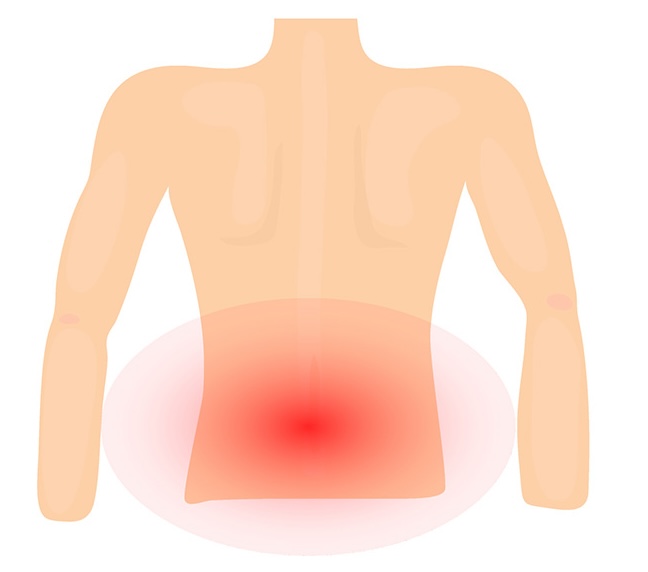
– Signs and Symptoms: OA symptoms vary depending on the joint affected but often include pain during or after movement, stiffness (especially upon waking or after inactivity), joint tenderness, and a grating sensation with movement. In advanced stages, joints may become swollen, and patients may experience decreased range of motion.
– Osteopathic Approach: Through osteopathy, we work to correct joint dysfunction and restore natural alignment by easing pressure on affected joints and optimising biomechanical function. Treatment may include gentle manipulations to align the joint structures, along with soft tissue techniques targeting the muscles, tendons, and fascia around the joint. Osteopathic care can also reduce inflammation and promote healing by advising on lifestyle changes, including dietary modifications and supplements to support cartilage health.
Joint sprains and strains are among the most common injuries, often resulting from overstretching or tearing ligaments (sprains) or muscles and tendons (strains). These injuries can happen due to trauma, such as falls, sports injuries, or sudden twisting movements that push a joint beyond its normal range.
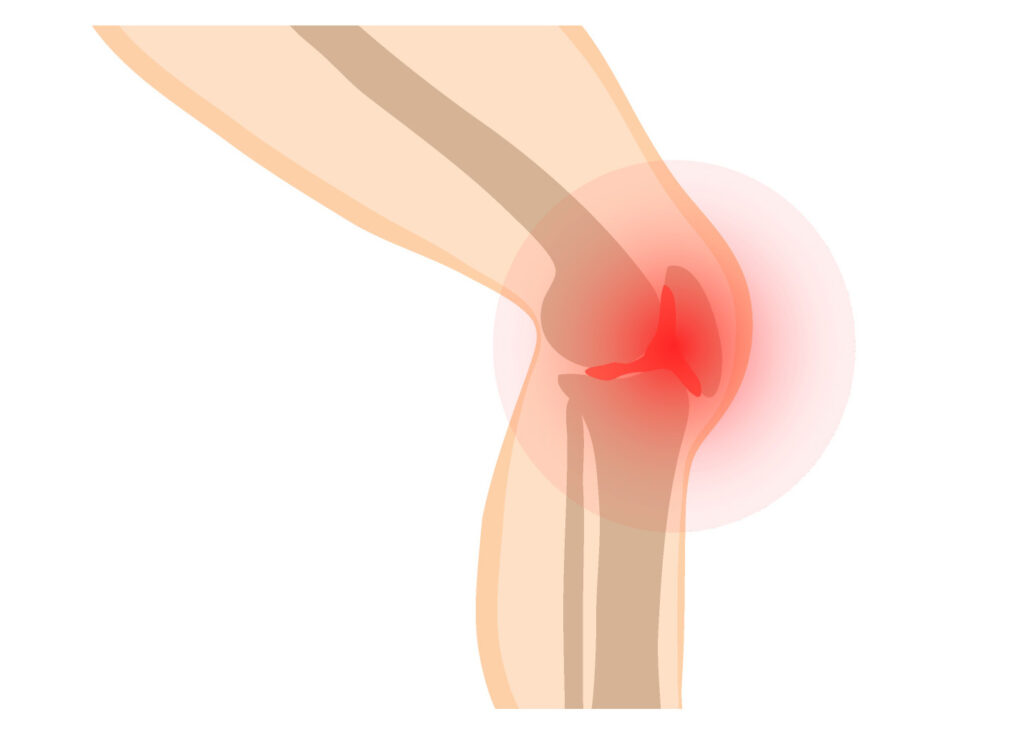
– Signs and Symptoms: Symptoms of sprains and strains include pain, swelling, bruising, and limited joint movement. Sprains may also cause a “popping” sound or sensation at the time of injury, and severe sprains can lead to joint instability.
– Osteopathic Approach: Osteopathic treatment for sprains and strains aims to relieve pain and restore joint function. Manual adjustments help realign the joint and encourage proper healing, while techniques such as soft tissue manipulation work to reestablish the resting tone of surrounding connective tissues. In addition to hands-on care, osteopaths may recommend specific exercises to support recovery and prevent future strains by strengthening stabilising muscles and promoting balanced biomechanics.
Degenerative joint conditions, such as degenerative disc disease, often result in pain due to the gradual wearing away of joint structures, including cartilage, intervertebral discs, and connective tissues. As joints age and endure wear, their natural shock-absorbing ability decreases, potentially leading to chronic pain and mobility issues.
– Signs and Symptoms: Degenerative joint pain typically manifests as chronic, dull aches, stiffness, and decreased joint mobility. Pain may intensify with repetitive activity or prolonged inactivity. In the spine, degeneration can contribute to nerve compression, which may lead to radiating pain, tingling, or numbness in the extremities.
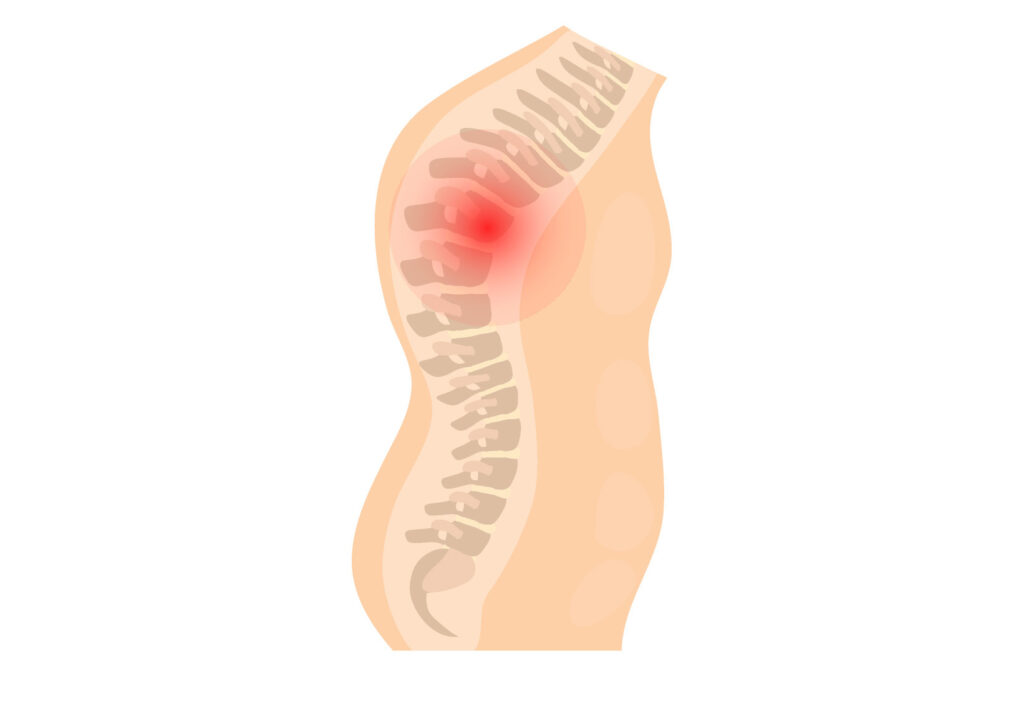
– Osteopathic Approach: Osteopathic care for degenerative joint conditions is multifaceted. By restoring proper joint alignment and biomechanics, osteopaths aim to reduce undue stress on joints, slowing degeneration. Techniques that improve blood flow and relieve tension in supporting tissues can also decrease pain and promote better function. Osteopaths may suggest lifestyle changes, including exercise modifications and nutritional support, to reduce inflammation and encourage joint health.
Tendinopathy, a term used to describe chronic tendon injuries, is often caused by repetitive strain or overuse. Conditions like tennis elbow, Achilles tendinopathy, and rotator cuff injuries are common examples of tendinopathies that contribute to joint pain.
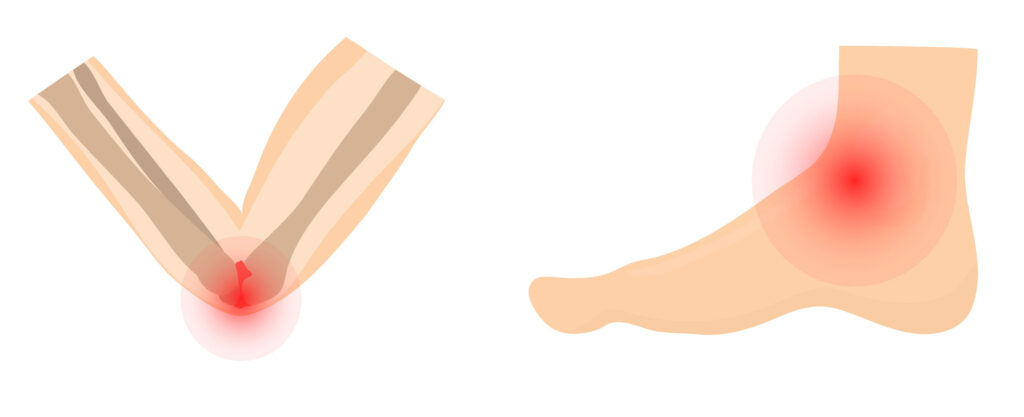
– Signs and Symptoms: Typical signs include localised pain around the joint, tenderness, and stiffness, particularly during movement. The affected area may be painful to the touch, and symptoms often worsen with continued activity.
– Osteopathic Approach: Osteopathic treatments for tendinopathy focus on improving alignment, reducing tension on affected tendons, and promoting healing through targeted manipulations. Restoring the correct biomechanics around the joint is crucial to avoid recurring injuries. Soft tissue techniques like myofascial release can help reestablish resting tone in the tendons and surrounding connective tissues, while osteopaths may also address inflammation by advising on anti-inflammatory diets and stress-reduction practices that support recovery.
Gout is a form of inflammatory arthritis caused by a buildup of uric acid crystals within the joints, leading to sudden, severe pain episodes. This condition often affects the big toe but can impact other joints, including the ankles, knees, and wrists. Gout attacks are typically linked to diet, alcohol consumption, and metabolic issues that increase uric acid levels in the blood.
– Signs and Symptoms: Gout symptoms include intense joint pain, swelling, redness, and a burning sensation. Attacks often come on suddenly, usually at night, and can last several days or even weeks without treatment.
– Osteopathic Approach: In managing gout, osteopathy focuses on reducing pain, enhancing joint function, and addressing the lifestyle factors contributing to uric acid buildup. While osteopathic treatments help to relieve pressure and improve joint mobility, managing gout also involves dietary adjustments, including reducing purine-rich foods and alcohol intake. Nutritional support and recommendations for anti-inflammatory foods can play an essential role in preventing future gout flare-ups and supporting overall joint health.
At Riverside Wellness Centre, our osteopathic approach to joint pain management addresses the root causes of pain while promoting optimal biomechanics and long-term joint health. Key aspects of osteopathic care include:
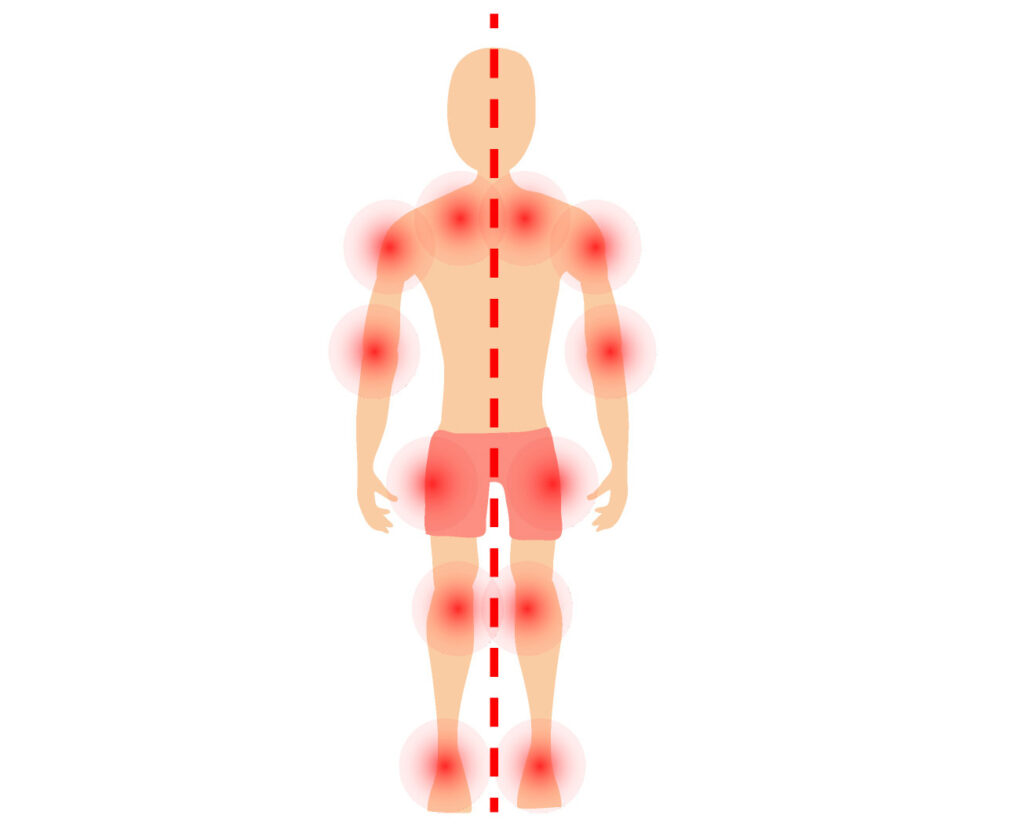
By realigning joints and restoring their natural movement patterns, osteopathic care can help reduce pain and prevent further degeneration. Proper joint alignment can relieve stress on adjacent tissues, supporting recovery and reducing the risk of recurrence.
Osteopathic treatments often target the muscles, tendons, ligaments, and fascia surrounding the affected joint. Reestablishing a balanced resting tone in these tissues can help improve joint stability, reduce pain, and enhance function.
Painful joints often lead to compensatory movement patterns that further strain surrounding areas. By addressing these biomechanical imbalances, osteopathy aids in restoring balanced movement, which reduces stress on the joint structures and improves functional capacity.
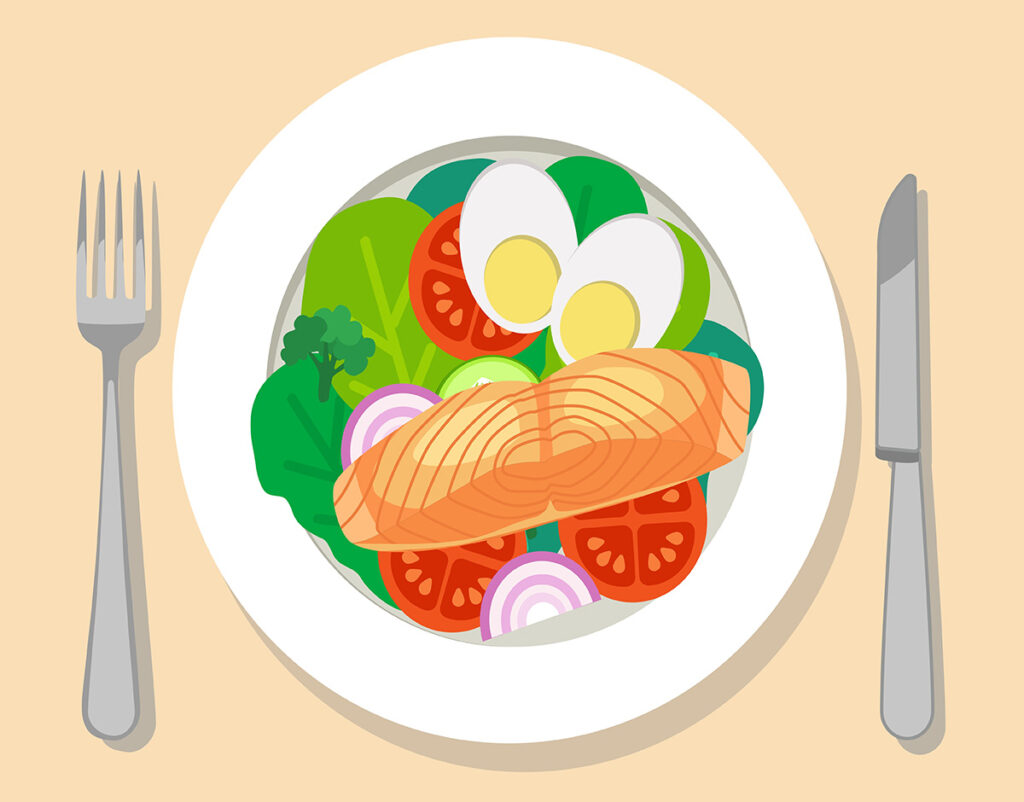
In addition to hands-on treatments, osteopaths may recommend lifestyle changes, such as an anti-inflammatory diet, to support the body’s natural healing process. Nutritional guidance tailored to individual needs can reduce systemic inflammation, while stress management techniques enhance overall recovery.
Through osteopathic care at Riverside Wellness Centre, we strive to provide comprehensive relief for joint pain by focusing on joint alignment, balanced biomechanics, and proactive lifestyle changes that encourage lasting health.
Whether you’re dealing with osteoarthritis, gout, or another joint condition, Dr Zac Hakes (Osteopath) and his team provide can provide an individualised approach to treatment that can help you regain mobility and improve your quality of life.